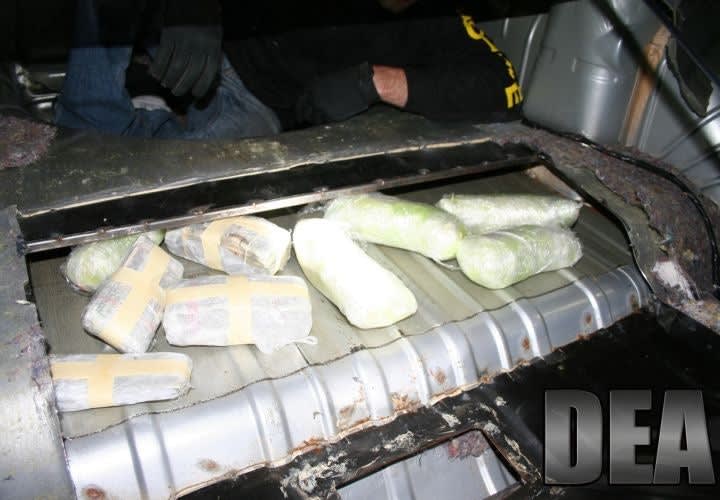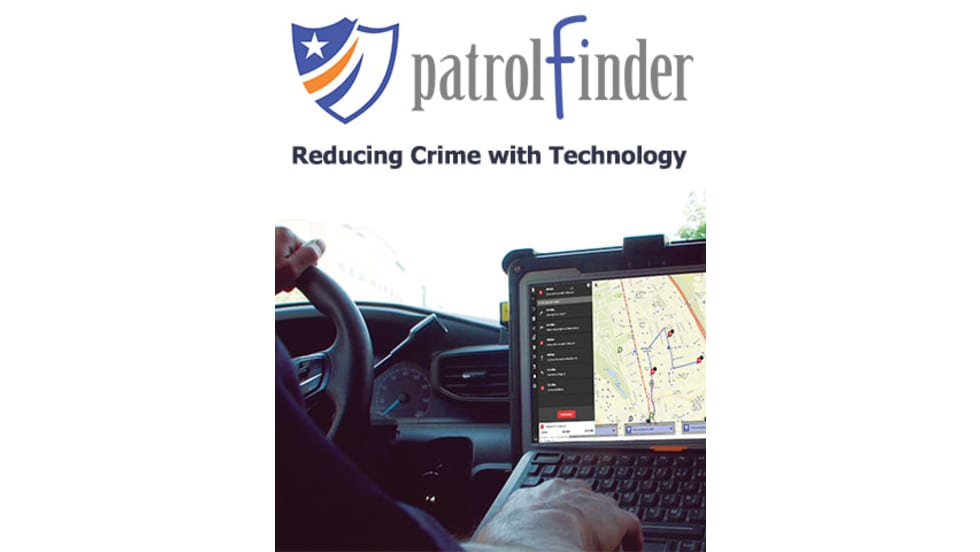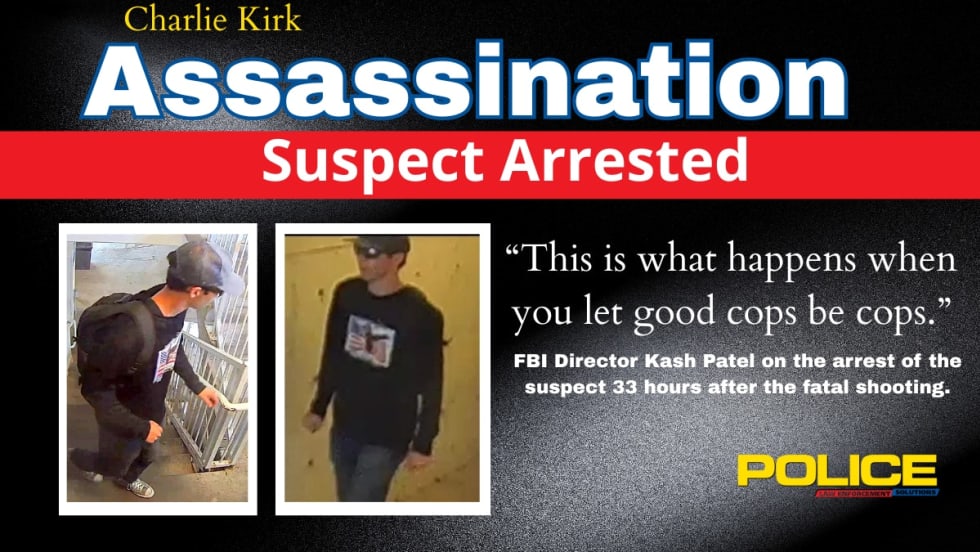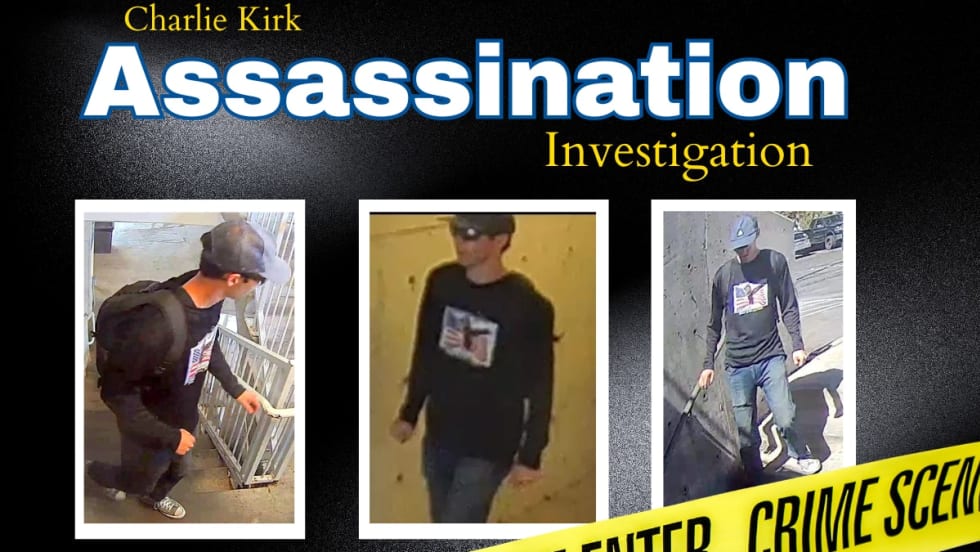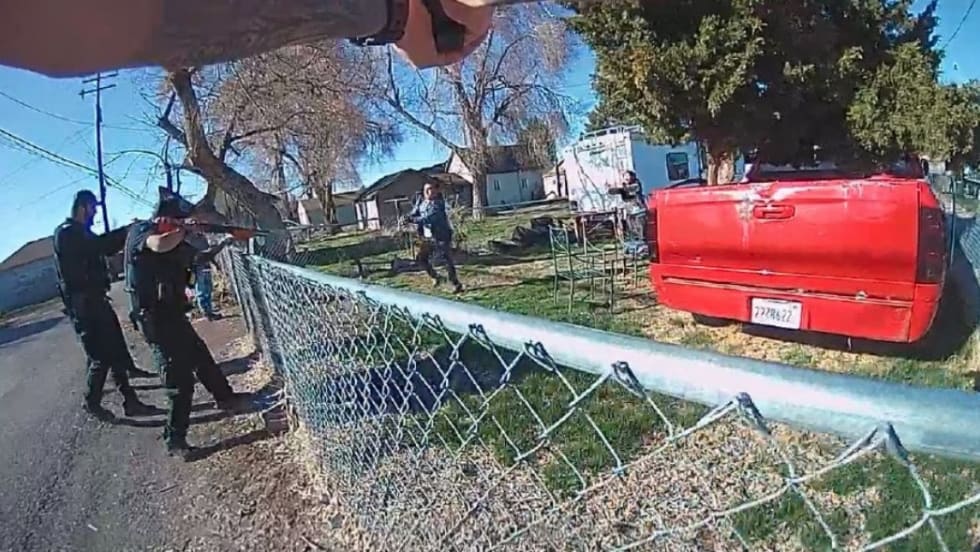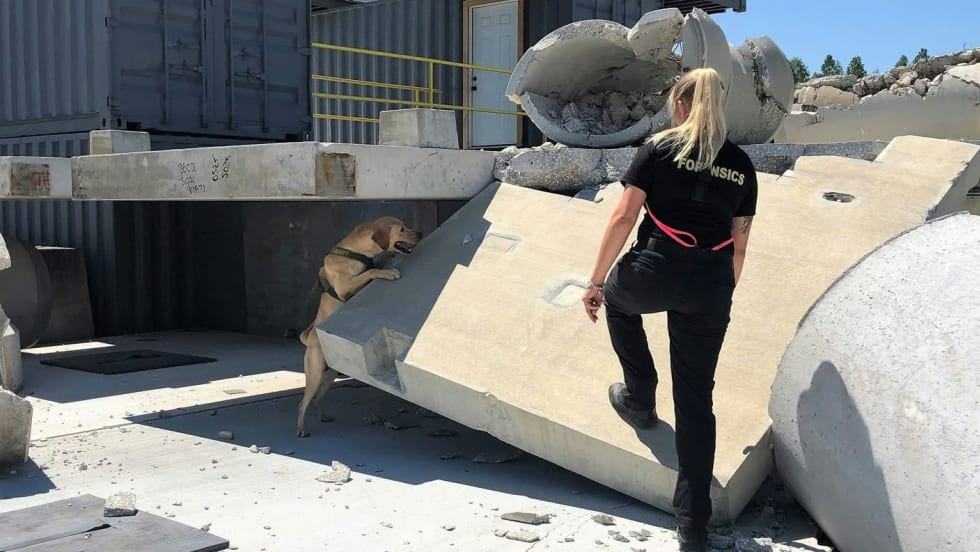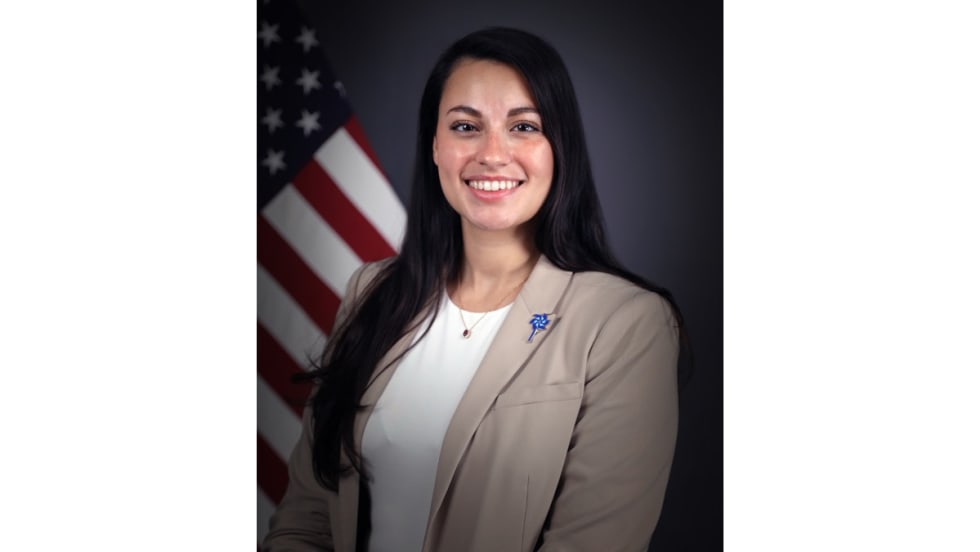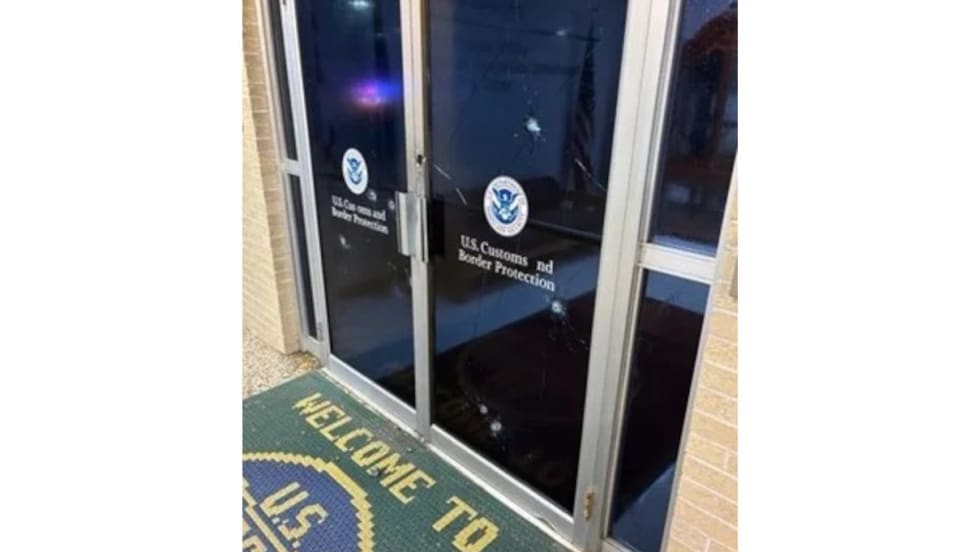A broad-ranging, multi-jurisdictional operation designed to distrupt the U.S. narcotic-transportation infrastructure of Mexican cartels has led to the arrests of 2,266 individuals, the seizure of more than 74.1 tons of illegal drugs and the capture of a high-value Mexican cartel leader, the Drug Enforcement Administration announced.
The 22-month investigation known as "Project Deliverance" involved 18 separate operations—encompasing more than 500 cases—that required the coordination of local patrol officers and deputies with federal agents. The DEA ran the operation out of its Special Operations Division center near D.C.


